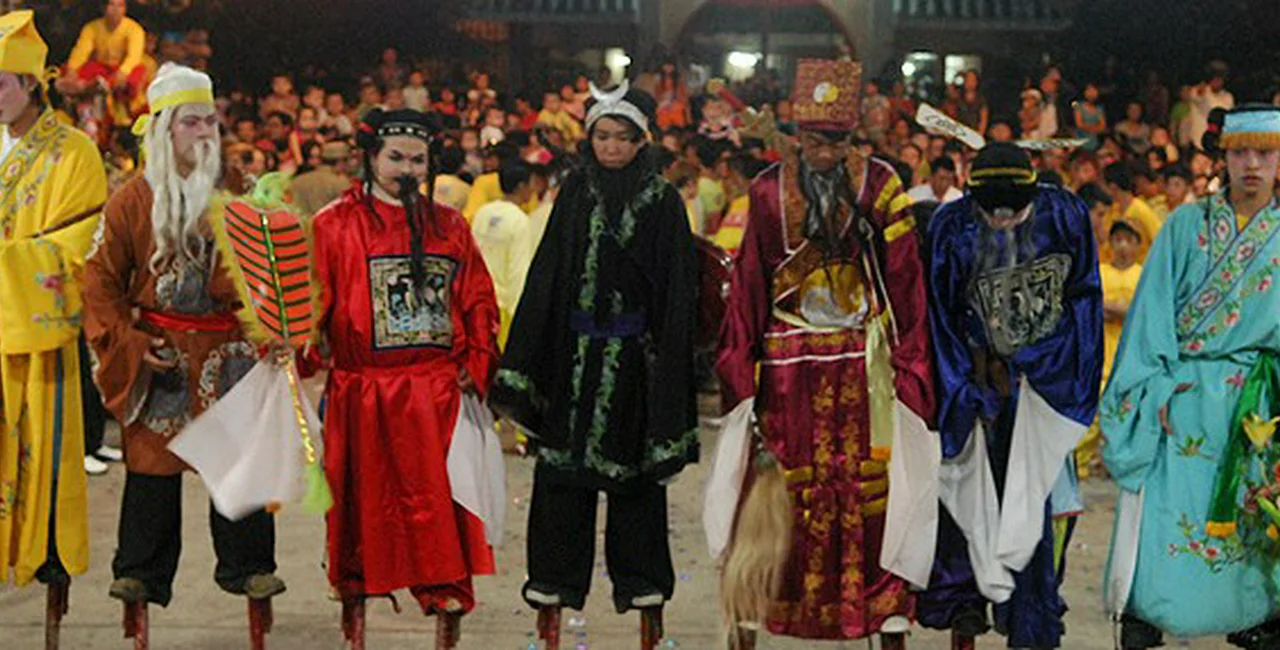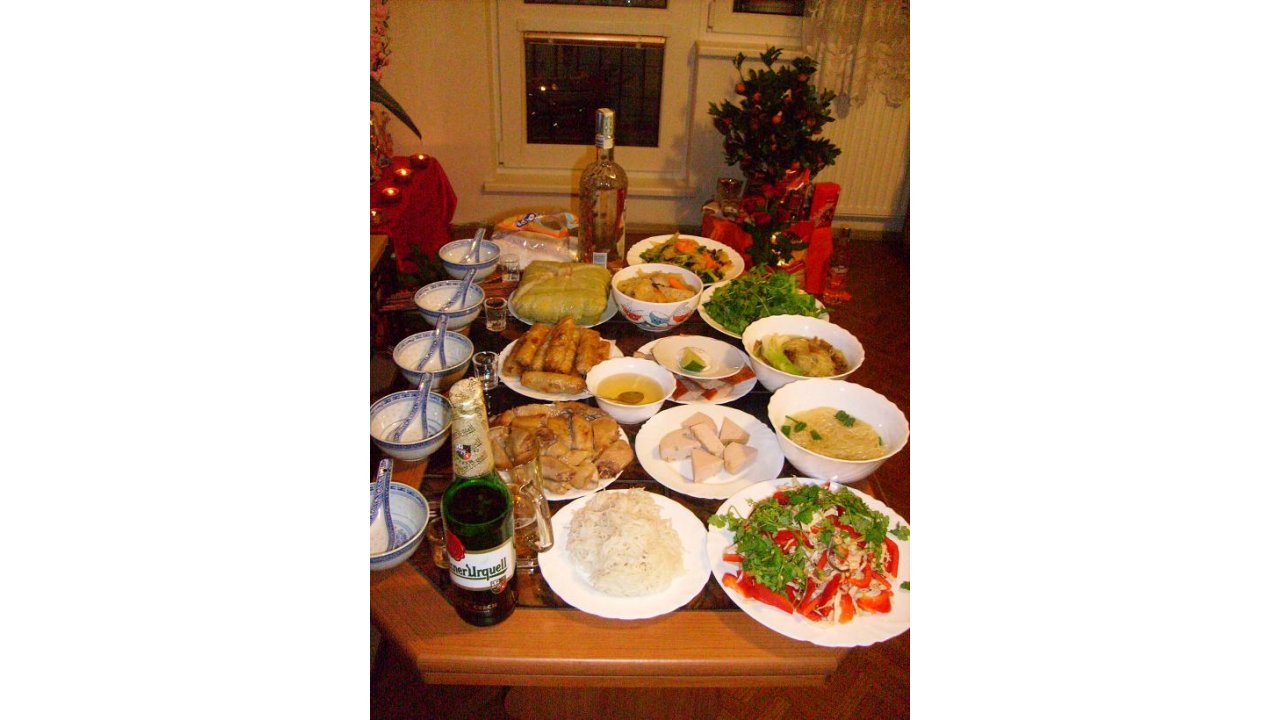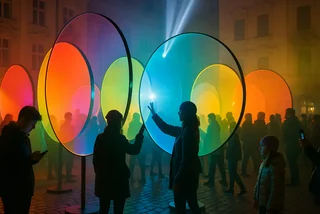For the approximately sixty thousand Vietnamese people living in the Czech Republic, New Year (Tết Nguyên Đán) is drawing near.
Tết Nguyên Đán, or Tết as it is often simply referred, is considered one of the most important holidays in the Vietnamese calendar. Coinciding roughly with the beginning of Spring, it is a time to celebrate what the new year has in store as well as an opportunity for Vietnamese people to honor their ancestors. This year’s celebration is on February 10.
In Vietnam, Tết is marked by parades, fireworks and visiting of temples. In the Czech Republic, Tết tends to be more of a family affair reflecting the living situation of many Vietnamese people here.
Tran Vu Van Anh from Integrační Centrum Praha said the biggest difference was the amount of time people spent celebrating.
“Compared to people in Vietnam, we celebrate here much less,” she said. The main reason is that most people have to go to work or school the next day. Other factors could also be that there are fewer places of worship to make traditional pilgrimages, and people are separated from their extended families.
“Many families in the Czech Republic are just couples. Or couples with kids, so they try to make it easier,” explained Do Duy Hoang, a Vietnamese-Czech who has grown up here.
Food is an important part of the celebration. The two main food items prepared for the holiday are bánh chưng, described as a rice “cake” or “loaf”, and the other is a boiled hen. Most often, the bánh chưng prepared here is in a square shape, following northern Vietnamese traditions, and consists of sticky rice filled with pork or beans wrapped in banana leaves.
The hen is especially important. Ms. Tran explained that it is part of the offering to the ancestors. Traditionally, the chicken is boiled whole, with head and feet and served with sticky rice and bánh chưng.
If you’re curious about trying these dishes, you can order them from Dong Do restaurant, located at Libušská 126, Prague 4, in the Sapa complex. The waitress I spoke to advised that the dishes might not be to everyone’s taste because they are, in her words “very soft.” Ms. Tran and Mr. Do were equally unsure as to whether they would be suited to “European” tastes.
While these meals form the base, celebrations are in no way limited to them. Ms. Tran said that other foods can include salad, spring rolls, Vietnamese ham, and candied fruit. Both pointed out that while accommodations were made to living in Czech society – such as the shorter length of the festival, and that they started at 18:00 to correspond with midnight in Vietnam – Czech food was not incorporated into the celebrations, at least not as far as they noticed.
However, one area in which some compromise had to be made was the use of flowers, which are used to decorate the house. The flowers that traditionally form part of the ceremony aren’t locally available. Many families make do with paper flowers. However, Mr. Do said his wife uses locally available flowers, like golden rain.
Over the years, Czechs have become increasingly interested in Tết. Ms. Tran puts this down to a mixture of natural curiosity and the gradual lowering of social obstacles.
“The younger generation is able to tell people we celebrate. The older generated would have liked to, but there were language barriers,” she said as to why there is more local discussion of the holiday in recent years. She also noted that Tết was moving out of people’s homes as the community grew and more people came together. The growing interest was, in her words, a part of a globalized world.
Mr. Do welcomed the media attention on Tết. He said it was the one time in the year when the media had a more positive attitude toward the Vietnamese community.
For members of the public who are curious, the best opportunity to get a sense of Tết, as well as other aspects of Vietnamese culture, is to visit the event organized by Integrační Centrum Praha on February 8. The evening includes a mix of cultural activities from around Asia, including a celebration of the Vietnamese New Year. It starts at 16:00 at Modřanský biograf (a cinema) located at U Kina 44/1, Prague 12.
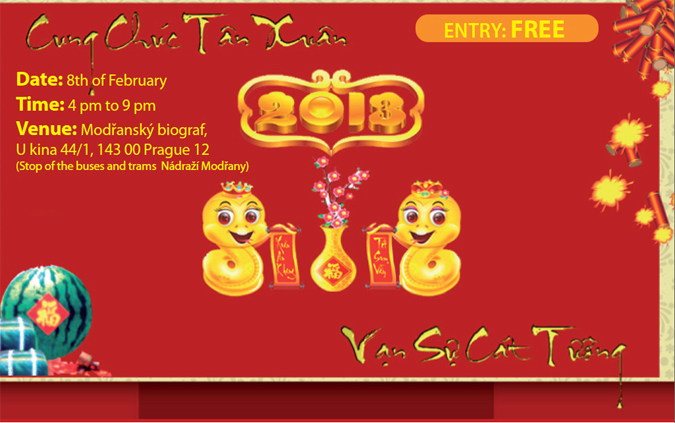
Program:
16:10 – Opening, introduction,
16:30 – Declaration of winners of art competition and a warding,
17:00 – Celebration of the Asian new lunar year,
17:30 – Concert Jagalmay – “the Central Asian Prague ensemble”,
18:00 – Exibition of pictures from Pamir and narration about New year celebration in Central Asia,
18:30 – Concert Marimba Mama – „a mixture of the South and West African music, Latin waves, r´n´b, reggae and current electro-dance“,
19:00 – Concert Annas Ekvator –“a modern Arab and Iraqi music, hot Arabic rhythms”,
19:30 – Lotus dance and music accompaniments from the Far East,
20:00 – End of the offi cial program, free entertainment
During evening various traditional foreign dishes and beverages for New Year’s celebrations will be available. The Event will be accompanied by an exhibition of pictures the most beautiful corners of the world.
Mr. Do has also prepared a short lesson on how to say “Happy New Year” in Vietnamese.
So, Chúc mừng năm mới
Related articles











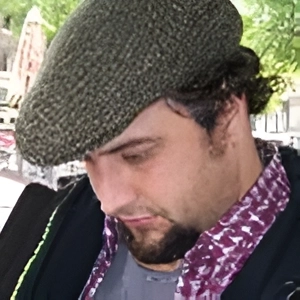
 Reading time: 4 minutes
Reading time: 4 minutes 